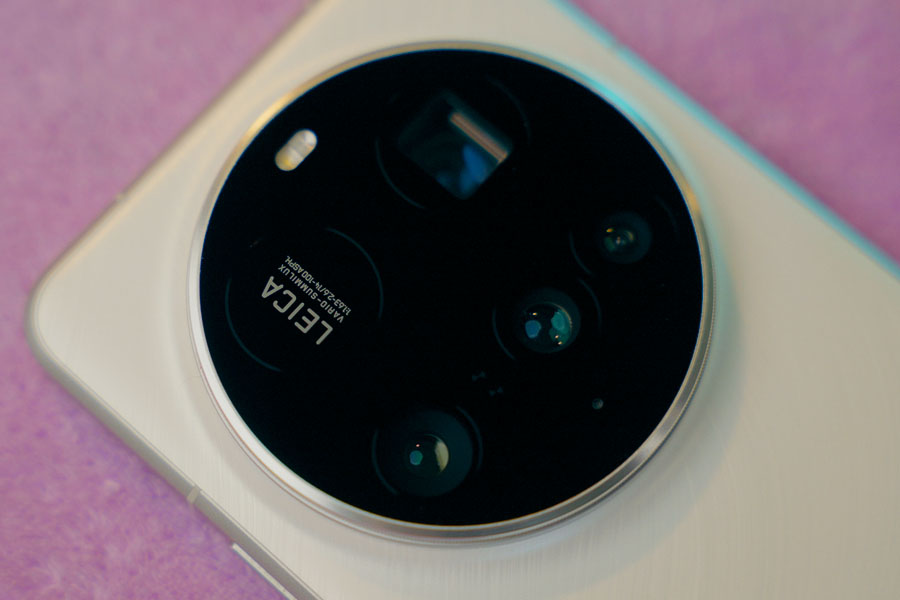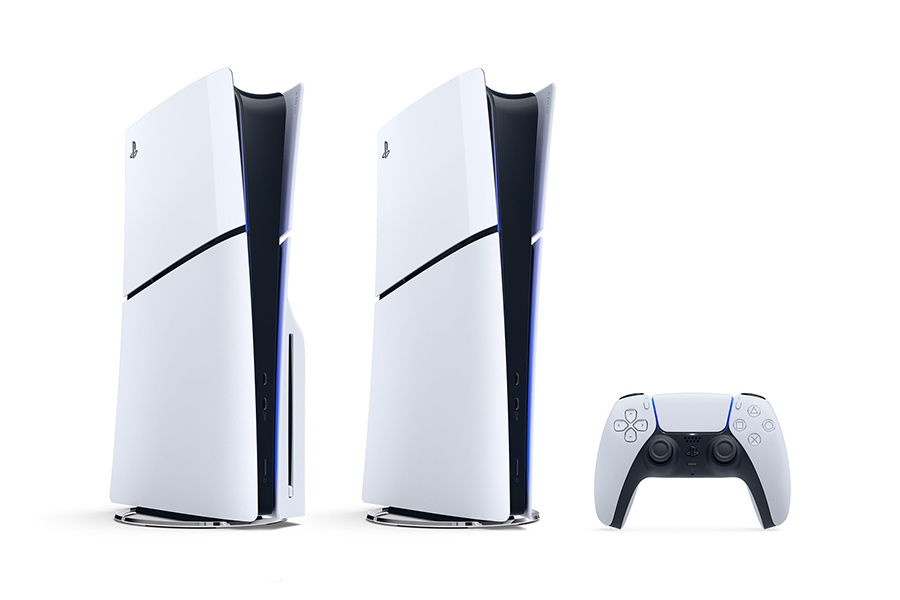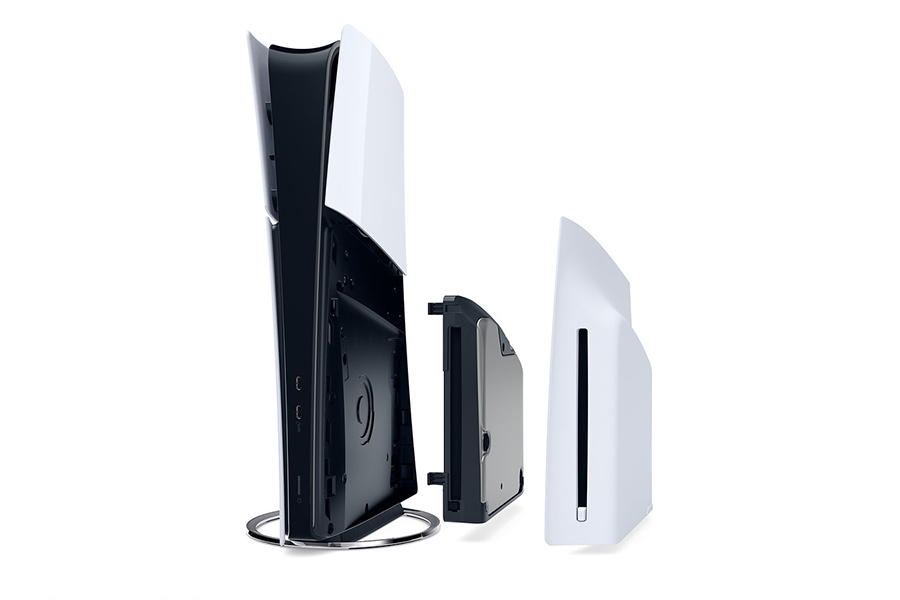I recently found myself comparing mobile banking and digital wallet apps on my phone. While my bank’s app requires several steps to complete even simple transactions, the wallet app lets me pay bills with just a few taps. Using mobile banking and digital wallets can be a personal choice, but on a personal level, using wallets simply feels more light while mobile banking feels heavy with all the processes. In this article I will discuss the digital payment landscape in Nepal, comparing mobile banking vs digital wallets to help you understand which option might work best for you.
The Digital Payment Revolution in Nepal
Only a person wearing blinders would fail to notice that Nepal’s financial landscape has transformed dramatically over the past decade. What started with the introduction of the first digital wallet around 2009 has now evolved into a competitive market with multiple players. The COVID-19 pandemic especially accelerated this shift as we all needed contactless payment options during lockdowns.

Increased smartphone availability, improved internet coverage, and easier banking access have contributed to this growth. According to Nepal Rastra Bank Payment Systems data, digital transactions increased by an impressive 300% between 2020 and 2023. Currently, over 12 million Nepalis use digital wallets, with eSewa leading the market, followed by Khalti and IME Pay.
Digital Wallets: My Go-To for Daily Transactions
I use digital wallets for most of my quick payments. These platforms allow me to store money digitally and conduct various financial transactions. They’ve shown significant growth, with wallet users increasing by nearly 24% in fiscal year 2080/81 to reach over 23 million. During this period, transactions worth 31 billion 302 million rupees were processed through wallets.
When I use digital wallets, I appreciate:
- The convenience of completing transactions in just a few clicks
- The speed of payments for utilities, mobile recharges, and merchant payments
- The rewards and cashbacks I receive
I primarily use eSewa, which was Nepal’s first digital wallet launched in 2009 and now has over 8 million users. I’ve also tried Khalti, known for its rewards, and IME Pay, but not more often than others.
Enhanced verification and transfer security
One aspect of digital wallets that I find useful is the verification process. When using eSewa, I can see if I’m sending money to the right person before completing the transaction. The app shows the recipient’s name before I confirm, which helps prevent mistakes.
With mobile banking, I sometimes find it harder to verify the recipient since the app mainly shows the account number rather than a name confirmation. This simple verification feature in digital wallets brings the kind of convenience I appreciate for everyday transactions.
The Power of Shared Wallets
Digital wallets also make it easier to share expenses with friends and family without transaction fees. For group expenses like trips or shared bills, we can use a single digital wallet account that everyone has access to.
This approach helps avoid the fees that often come with bank-to-bank transfers. When family members need to send each other money for shared expenses, using a digital wallet eliminates those extra costs. For families and friends managing joint expenses, this feature makes digital wallets particularly useful in Nepal.
Also Read: Khalti and IME Pay Merger: A threat to eSewa?
Mobile Banking: Choice for Larger Transactions
When I need to make larger transfers or access comprehensive banking services, I turn to mobile banking. Unlike digital wallets that require preloading money, my mobile banking app gives me direct access to my bank account.
Mobile banking handles substantially larger transaction values – NPR 3.73 trillion in the last fiscal year compared to digital wallets’ 31.3 billion rupees. This suggests that many Nepalis prefer mobile banking for significant transactions.
I value mobile banking for:
- Direct access to my account without preloading funds
- Higher transaction limits for major purchases
- Access to loans, fixed deposits, and other financial products
- Bank-level security with multiple authentication layers
- Seeing my complete financial picture in one place
Mobile Banking or Digital Wallet – How I Choose Between the Two
I’ve developed a simple system for deciding which platform to use:
I choose digital wallets when:
- I need quick payments for everyday transactions
- I want to take advantage of rewards and cashbacks
- I’m making utility bill payments or mobile recharges
- I need to share expenses with others without transaction fees
- I want clear verification of who I’m sending money to
I opt for mobile banking when:
- I need to make larger transactions
- I want direct access to my full bank balance
- I require comprehensive banking services beyond payments
- I need the highest level of security for important transactions
Mobile Banking vs Digital Wallets: The Future As I See It
Both systems will likely continue to evolve and coexist. QR-based payments have grown remarkably, with transactions increasing by over 113% in the last year. New developments like Central Bank Digital Currencies (CBDCs) and Buy Now, Pay Later (BNPL) services could also change how we manage our finances.
While mobile banking seems positioned to handle larger transaction values due to its structural advantages, digital wallets will likely continue to excel in convenience, accessibility, fee-free sharing capabilities, and transaction verification.
































































































 Though we are referring to the console as ‘Slim’, Sony isn’t. It is simply the “PlayStation 5” with a ‘new slimmer size’. And talking of the size, the newer PS5(s) are 30% less in volume compared to the standard variants. The disc model now weighs 3.2kg which is over 18% lighter than the current PS5 (3.9 kg) and the digital version weighs 2.6kg which is over 24% less than the current PS5 Digital Edition (3.4 kg)-without the detachable disc drive that is. That’s right the digital or disc drive debate is finally ending. You can play both sides with the new PlayStation 5 Slim.
Though we are referring to the console as ‘Slim’, Sony isn’t. It is simply the “PlayStation 5” with a ‘new slimmer size’. And talking of the size, the newer PS5(s) are 30% less in volume compared to the standard variants. The disc model now weighs 3.2kg which is over 18% lighter than the current PS5 (3.9 kg) and the digital version weighs 2.6kg which is over 24% less than the current PS5 Digital Edition (3.4 kg)-without the detachable disc drive that is. That’s right the digital or disc drive debate is finally ending. You can play both sides with the new PlayStation 5 Slim.